|
The Bureau of Reclamation has a long, successful history proving reliable, low-cost hydropower to its customers. Hydropower generation plays an integral role in Reclamation’s mission – serving project electricity requirements and enabling Reclamation projects to convey water across the arid west. Also, the sale of surplus generation, managed by the Department of Energy Power Marketing Administrations, has provided Reclamation a steady source of revenue for project repayment.
 |
 |
The Current
Reclamation's Biweekly Newsletter
September 7, 2018
The Bureau of Reclamation has a long, successful history proving reliable, low-cost hydropower to its customers. Hydropower generation plays an integral role in Reclamation’s mission – serving project electricity requirements and enabling Reclamation projects to convey water across the arid west. Also, the sale of surplus generation, managed by the Department of Energy Power Marketing Administrations, has provided Reclamation a steady source of revenue for project repayment.
Today, Reclamation is the second largest producer of hydropower in the United States, operating and maintaining 53 hydroelectric power facilities, comprising more than 14,730 megawatts of capacity. On average, Reclamation generates 40 million megawatt-hours of electricity each year – the equivalent, total annual demand of more than 3.5 million homes in the United States.
Hydropower is a dynamic resource uniquely fitted to provide both firm power and grid support services to support the transmission of electricity in a safe, reliable manner. Grid support services are particularly valuable in balancing areas absorbing, intermittent, non-dispatchable renewable energy resources such as solar power in the Southwest and wind power in the Pacific Northwest.
In partnership with the power marketing administrations and power customers, Reclamation identifies, funds, and implements capital and technological investment projects that maintain reliability and deliver operational benefits – including increased generating capacity. These investments include turbine runner replacements, generator rewinds and uprates, and optimization systems. Collectively these investments allow Reclamation to meet both current and future water and energy needs.
Reclamation is committed to facilitating the development of non-federal hydropower on its existing non-powered assets such as dams and conduits. Acting on this commitment, Reclamation has revamped our Lease of Power Privilege permitting processes, enabling non-federal hydropower development on Reclamation projects. Reclamation has also completed publicly available resources assessments identifying technical hydropower potential on non-powered Reclamation assets available for development and conducted ongoing stakeholder outreach to communicate and improve LOPP process requirements.
Reclamation looks forward to continuing to work with our power marketing administrations, power customers, and project developers to derive additional benefits from our existing federal assets.
To learn more about Reclamation's Power Program, please visit www.usbr.gov/power.
|
|
Recent News
 |
Bureau of Reclamation's Commissioner Brenda Burman announced that Karen Knight, P.E., was selected as the Director of Security, Safety, and Law Enforcement for the Bureau of Reclamation. The Security, Safety and Law Enforcement Office, located in Denver, Colorado, is responsible for protecting the public, Reclamation employees, and Reclamation facilities through the development and implementation of an integrated security, safety, and law enforcement program. Learn More →
|
|
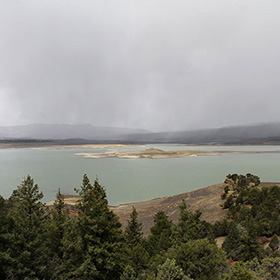 |
Several Bureau of Reclamation reservoirs in New Mexico will end this summer with minimal pools of water, after having done exactly what they are intended to do – provide water stored during wet times for use in dry periods. Through most of this summer, the reservoirs have released water for farmers, municipalities, industrial use, and recreation. Due to water stored in previous years, farmers along the Rio Grande received irrigation water, municipalities received water and hundreds of thousands of people enjoyed recreational benefits in New Mexico in spite of a hot, dry summer that followed one of the driest winters on record. Learn More →
|
|
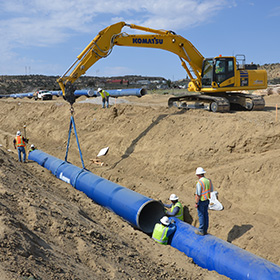 |
The Bureau of Reclamation awarded a $74.6 million financial assistance agreement with the Navajo Nation for the design and construction of a portion of the Navajo-Gallup Water Supply Project. The project will provide a long-term, sustainable water supply to 43 Navajo Chapters; the City of Gallup, New Mexico; and the southwestern portion of the Jicarilla Apache Nation. Learn More →
|
|
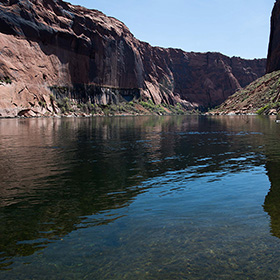 |
The Bureau of Reclamation has released updated 5-year probability-based planning model projections for future Colorado River system conditions, which underscore the ongoing impact of record dry conditions across the basin. With spring and summer inflow to Lake Powell at only 36 percent of average, this year is one of the driest years in the past 19 years, which is the driest 19-year period in recorded history and one of the driest in the past 1,200 years. Learn More →
|
|
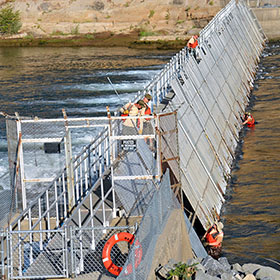 |
The Bureau of Reclamation will temporarily decrease flows in the lower American River below Nimbus Dam early September 7, from 1,800 cubic feet per second to as low as 1,000 cfs by 7 a.m. to facilitate fish weir installation at the Nimbus Fish Hatchery. Flows should return to 1,800 cfs by late afternoon. The weir is installed annually to guide spawning Chinook salmon into the hatchery fish ladder and typically removed in December, after the end of the fall spawning season. Learn More →
|
|
 |
In late July, Bureau of Reclamation park rangers Grant Harrison and Pat Sanders rescued a young bald eagle found stuck along New Melones Lake after swallowing a fishing hook. The young eagle, who was malnourished and unable to move, was safely removed and transported to a wildlife rescue for rehabilitation. The morning of Saturday, August 25, the eagle was finally ready for release back into its natural habitat. Learn More →
|
|
|
|
Prize Competition
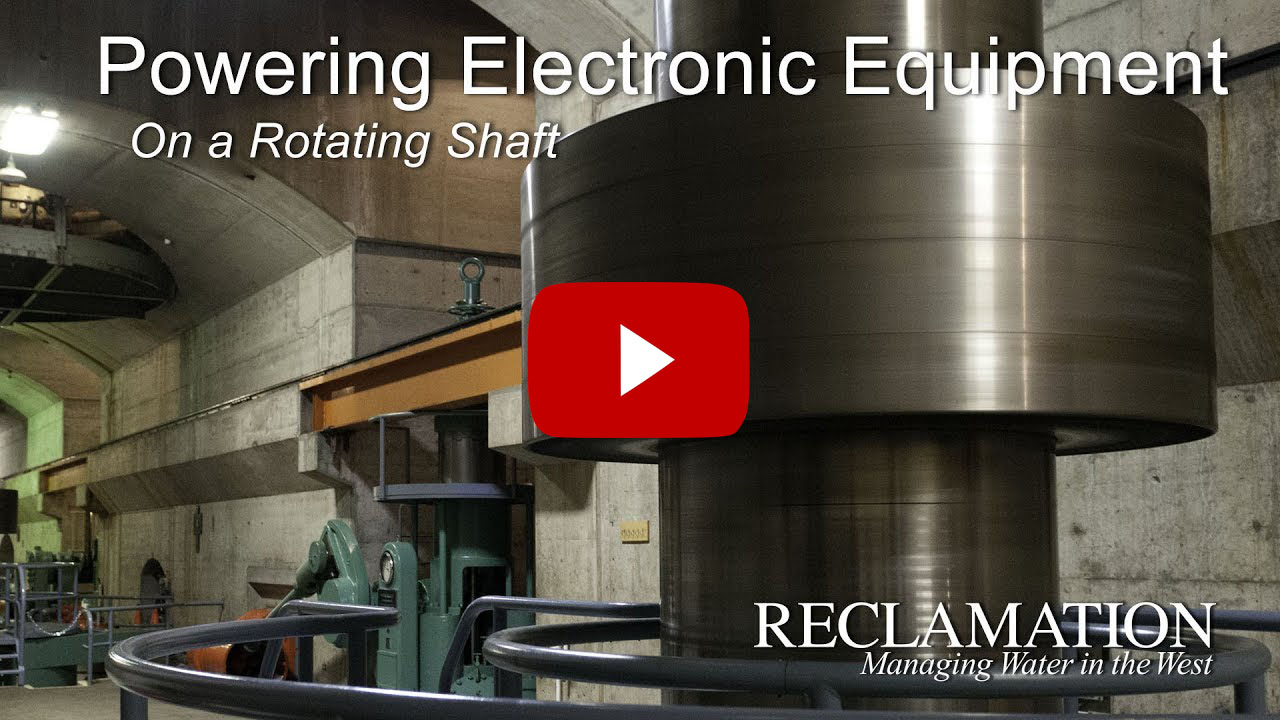
The Bureau of Reclamation is launching a new prize competition seeking solutions to provide direct current power of up to 20 watts for electronic instruments on hydropower generating units’ rotating shafts. Power sources for electronics on rotating shafts presently available include batteries and contact solutions. However, existing technologies for these types of power sources are limited with respect to operation, installation, maintenance or other factors. Thus, new solutions are needed to power these instruments, which will be installed permanently on the rotating shaft to collect continuous data of generator operation and performance. Reclamation is partnering with the U.S. Army Corps of Engineers and Bonneville Power Administration on this prize competition. To learn more about this prize competition and other competitions Reclamation has hosted, please visit https://www.usbr.gov/research/challenges/index.html.
|
Main Photo Caption
The origional Minidoka Powerplant, the green generators were the originals. They were built from 1909-1910 and were retired from service in 1995. |
|
|

